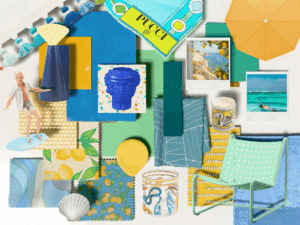Indoor gardening has seen a rapid rise in popularity since the Covid-19 pandemic began. When we first faced a global lockdown early in 2020, access to outside spaces was limited, especially for those living in apartments. Indoor gardening gave us a way to connect with nature without having to leave our homes. According to Google Trends, the search term saw its peak in April-May 2020. Two years on, indoor gardening is a hobby and interior styling choice all on its own and will be one of the biggest enduring trends of 2022.
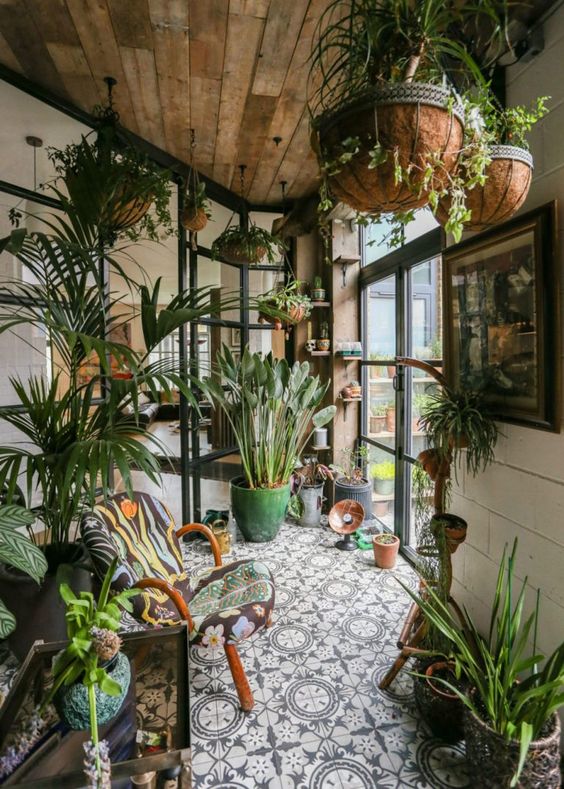
Indoor Gardening: Creating the Space
First of all, you need to choose what type of indoor garden you’d like and why. Some grow vegetables all year round, some just in the winter months. Some indoor gardens feature only houseplants which are an integral part of the interior scheme and others are literally an indoor garden, filled with tropical or desert plants which thrive in an artificial environment. What it usually comes down to is space. And skill level.
One of the best things about indoor gardening is that it’s scalable. You can incorporate it into your home in many ways without turning your house into an indoor jungle. Unlike conventional gardening, you can also enjoy it all year ‘round so this is a great time to start your indoor garden off.
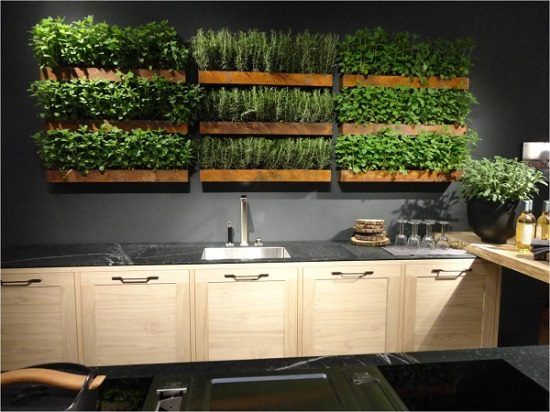
Choosing where to position your indoor garden before you start can make your life easier in the long run. Generally, you’ll want to consider the levels of natural light available as almost all plants need light to thrive. You’ll also want to position it somewhere where it’s easily accessible for maintenance. Regardless of the type of indoor gardening you’ll be doing there will be some mess involved so positioning a growing wall in your lounge above your pale carpet may not be the best idea!
You’ll also want access to water. Rainwater is generally the best for any plant. This will mean fetching and carrying receptacles between outside and inside so again, it can get messy. Creating an indoor garden using houseplants can be a better option for beginners as you can take the plants to the sink or bath when it’s watering time. Using containers or pots to grow herbs and vegetables is also a logical way to grow edible plants indoors. There are some wonderful ideas on Pinterest to help make a kitchen garden or herb wall an attractive feature.
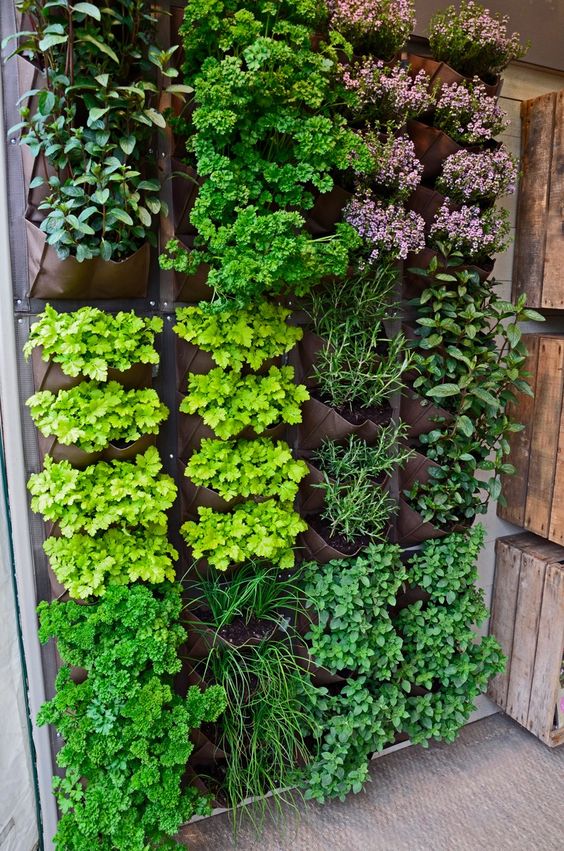
Another alternative indoor gardening style is aquascaping. Don’t be fooled, aquascaping is more than just underwater plants in a fish tank! This type of indoor gardening is highly technical and will require specialist equipment including oxygen kits, filtration and lighting. Before you jump in at the deep end read this guide from Scaped Nature.
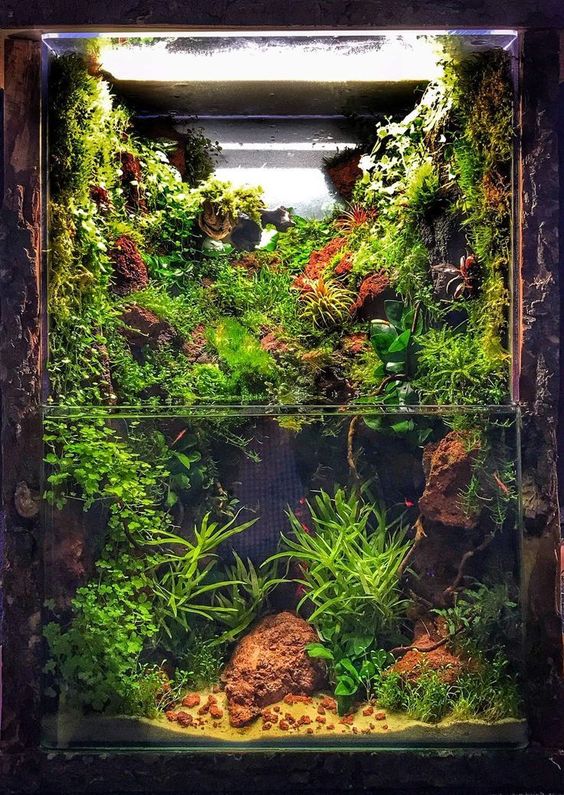
If you’re looking to make more of a statement and have a lot of space, indoor landscaping is also growing in popularity. Growing trees and shrubs indoors isn’t for the inexperienced indoor gardener though so you may want to take specialist advice if you want to take your indoor gardening to the next level. Our Garden Design course can also be a great way to learn more about plants and landscaping materials which could be used indoors or in a conservatory or orangery.
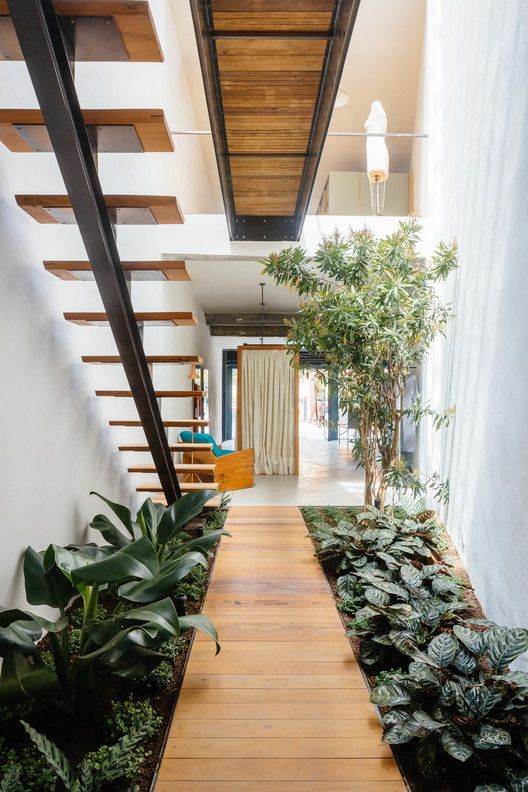
Choosing Plants for an Indoor Garden
Choosing the right plants will depend on your reason for creating an indoor garden. Do you want to grow produce to eat or is it simply ornamental? Some people incorporate plants into their homes for the health benefits such as purifying the air. Indoor gardening can be as low maintenance as you like, if you choose the right plants!
The best plants for indoor gardening range from small succulents and cactuses all the way up to tropical foliage and ferns, the latter being harder to manage. If you’re short on space, time or skills, terrariums are a great way to create a low maintenance indoor garden. Small succulents are readily available as a job lot on the internet and need very little water or management. You can also be creative and sustainable and use old plastic bottles, glass jars, fish tanks – pretty much any transparent container to create a terrarium. You’ll also need some soil, activated charcoal, decorative stones and moss to create the ideal environment. This great guide from Kew will help you get started.
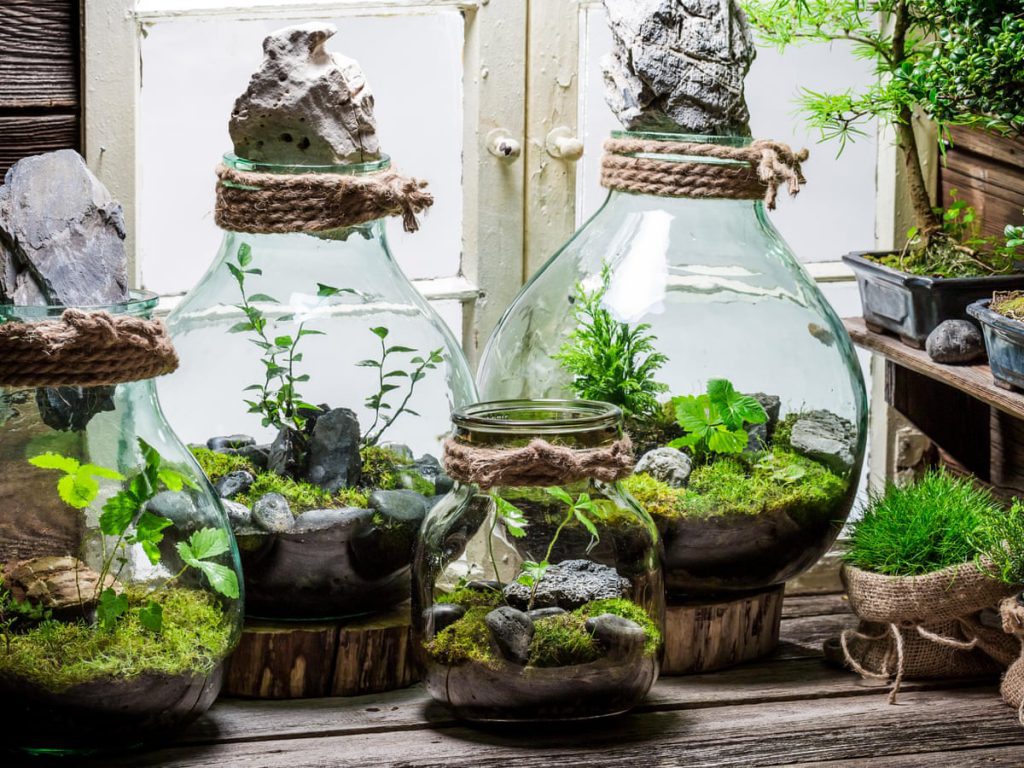
Tropical plants are more temperamental and the most difficult plants to manage for indoor gardening. Tropical plants require high levels of humidity and warmth, but many will be used to growing on a jungle floor so can tolerate less light. This is a double edge sword as the light requirements make them tolerant to western winters, but central heating systems are the enemy as they dry out the atmosphere. Humidifiers and trays of water with pebbles can help to increase your humidity levels in the winter months.
If you’re looking to create an edible indoor garden, then you’ll want young plants which are compact where you’ll be able to get the most out of your space. Herbs and salad leaves can easily be grown on a warm windows sill all year round. Fruiting plants like peppers, citrus and chillies can also be grown throughout the year if you can keep a consistent temperature.
Another option for edible indoor gardening is to look at hydroponic set ups where the growing system provides heat, light, and water in one unit. These systems are now highly decorative too so your indoor garden can look fabulous and provide fresh produce throughout the year.
Aquascapes require a different plant range entirely as they will need to like damp or very wet (underwater) conditions.

Indoor Gardening Quick Tips
Grow Up
Struggling for space? There are lots of plants that love to trail or climb so you can make use of every inch of your inside space. Indoor trellises, plant hangers and even wall clips are available to help you train your plants up or down walls.
Pest Control
Indoor gardening isn’t a hobby for everyone. It’s messy, often involves dirt and can sometimes bring with it unwanted houseguests. Houseplants can attract aphids, weevils and small spiders. Staying on top of your plant maintenance will help prevent pests so make sure you have a plant care kit at the ready. You’ll need dusting cloths for flat leaves and a soft brush for more delicate or unusual plants. You can also make your own natural pesticides.
Consider Your Medium
Not all indoor gardens use soil. You can also grow in clay pebbles, coco coir, vermiculite and even water. These can all be good options if you’re house proud, growing using a hydroponic system or are worried about pests in your house as these mediums are generally cleaner and more pest resistant.

